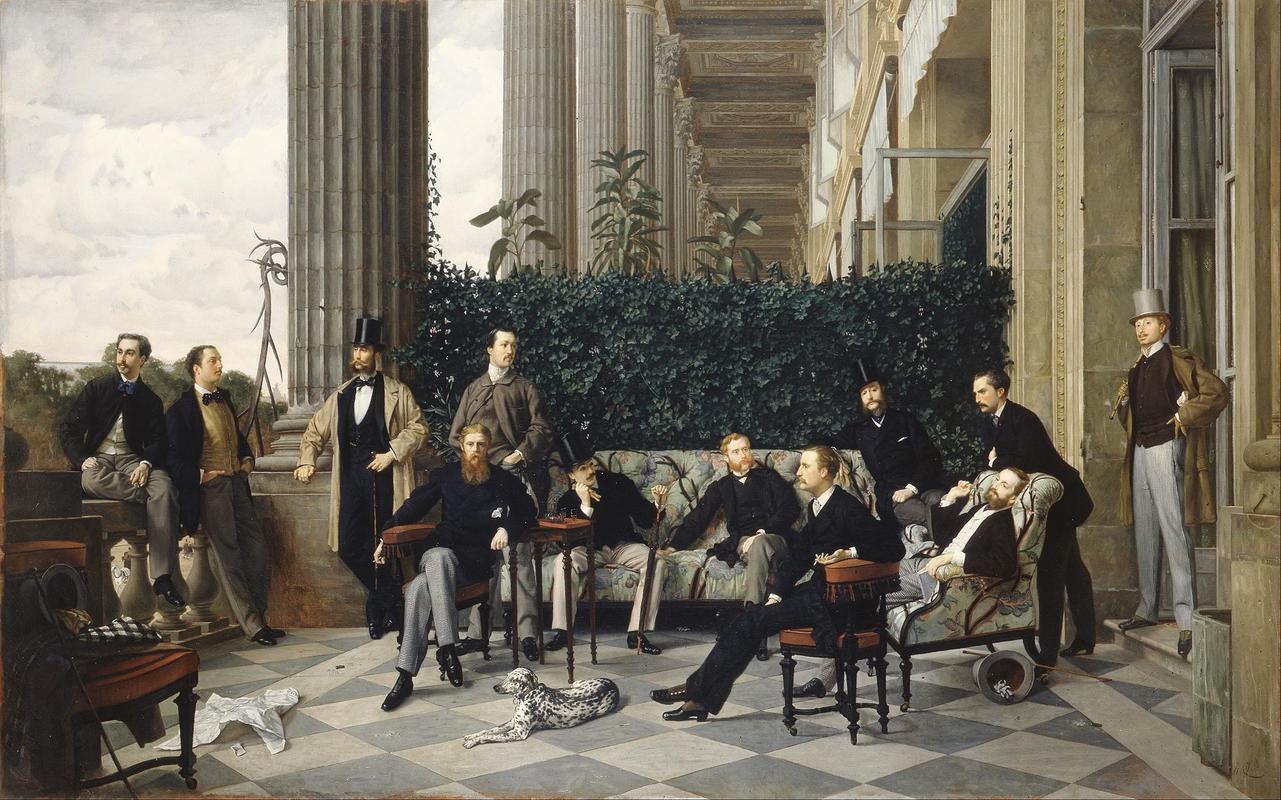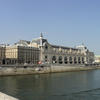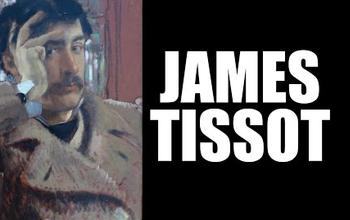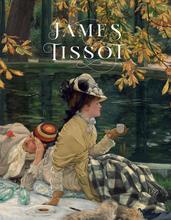More about The Circle of the Rue Royale
- All
- Info
- Video
- Shop

Contributor
Although it was born from the mind of Tissot, writers have made The Circle of the Rue Royale a final triumph of a brilliant, far-seeing, Catholic Jew named Marcel Proust.
Proust has become one of the biggest names in the history of both European and world literature, mainly because of the genius of his 1919 novel Swann's Way, his introduction to the seven-part In Search of Lost Time cycle, in which he somehow manages to fascinate you by going on for pages and pages about madeleine cookies and his involuntary memories of wishing that his mom would come to his room and kiss him goodnight as a child. Of course, the narrator is a fiction, but the observations are so profound that there is clearly something autobiographical going on here, some understanding that memoir often tends to be more honest than other forms of writing.
Just as the young, un-famous Warhol, coincidentally (or maybe not so coincidentally) a bit of a Proust scholar, according to his biographer, Bob Colacello, seized onto, and kind of stalked, the novelist Truman Capote in New York, Proust was obsessed with a guy named Charles Haas, who stands apart on the right in this group portrait, both set apart and central to the story. Haas was a foppish dandy, kind of the male, French equivalent of a Kardashian or Paris Hilton today, famous for being famous, and for his fly outfits and his "way with women." Haas "was famous in his time but nothing remains of him because he didn’t do anything — he didn’t write and he wasn’t an artist." His fifteen minutes were up.
Haas is the basis for Marcel Proust's protagonist M. Swann, which Proust admits in The Prisoner, the fifth volume of his In Search of Lost Time cycle. Here, Proust illustrates, in the most personal of ways, his theory that love "almost inevitably leads to jealousy," writing, "it is already because someone whom you must have considered a little idiot has made you the hero of one of his novels that people are beginning to talk about you again, and maybe your name will live on." He mentions this painting, "where you are standing with Gallifet [to the immediate left of Haas], Edmond de Polignac [on the couch, to the left of Gallifet], and Saint-Maurice [to the left of Polignac]...If people talk so much about the Tissot painting, it is because they can see that there is something of you in the character of Swann."
Catherine Malabou gives an insightful reading of this painting, which the Musée d'Orsay has shared on YouTube. As she notes, Haas is the only Jew in the painting; the "Jewish question" would undermine French society twenty-six years later with the Dreyfus Affair. Haas is also the only non-aristocrat in this work, as the name of the men's club, "Rue Royale," suggests. Proust says that non-aristocrats have a harder time acquiring posterity, unless they are immortalized in poetry or art (another subtle "you're welcome!" to his beloved Haas). Each man in this picture dropped a sizable wad of cash to appear in it, and Malabou remarks that they are all looking in different directions, over a dirty floor, turned away from the clouds and plants behind them.
Sources
- Bechdel, Alison. Fun Home: A Family Tragicomic. New York: Houghton Mifflin, 2007.
- Craig, Herbert E. Marcel Proust and Spanish America: From Critical Response to Narrative Dialogue. Cranbury, NJ: Associated University Presses, 2002.
- Gladstone, Bill. "The Model for Proust's dandified Swann." Bill Gladstone Genealogy, Aug. 29, 2011, http://www.billgladstone.ca/the-model-for-prousts-dandified-swann/.
- Goetz, Adrian. "Le chef-d'œuvre de Tissot bientôt à Orsay." Le Figaro, Apr. 13, 2011, https://www.lefigaro.fr/culture/2011/04/13/03004-20110413ARTFIG00538-le….
- "James Tissot, The Circle of the Rue Royale." Musée d'Orsay, https://www.musee-orsay.fr/en/collections/works-in-focus/painting/comme…
- Malabou, Catherine. "Catherine Malabou - 'The Cercle of the Rue Royale' by James Tissot." YouTube video, 7:47, Sep. 16, 2019, https://m.youtube.com/watch?v=0J_eHP-h-NA.
- Rubin, Louis Decimus. Where the Southern Cross the Yellow Dog: On Writers and Writing. Columbia, MO: University of Missouri Press, 2005.













